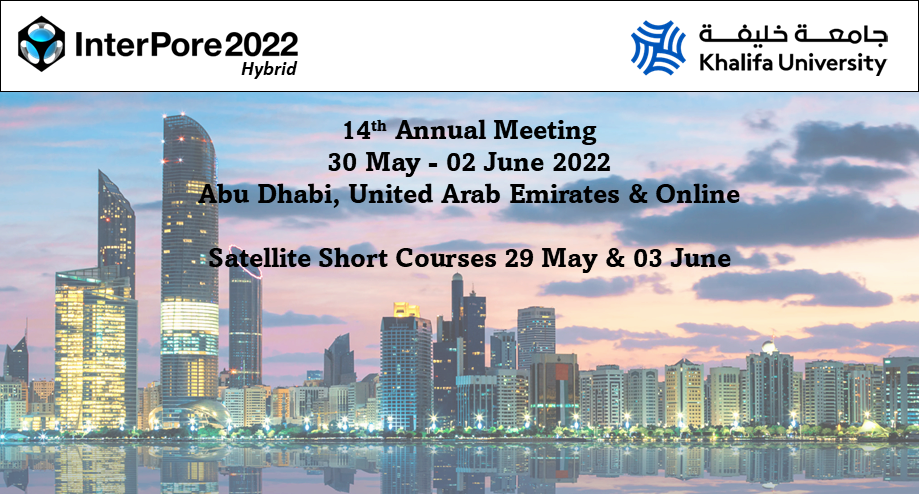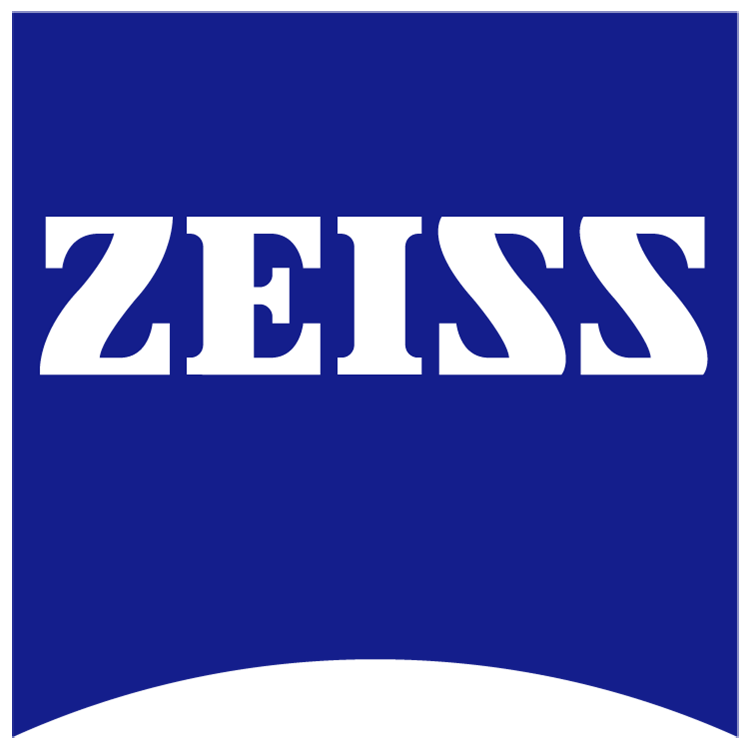Speaker
Description
The motivation for the present study stems from visualizations of the PTFE distribution in the gas diffusion layer (GDL) of Proton Exchange Membrane Fuel Cell (PEMFC). The GDL is a fibrous carbon layer treated with polytetrafluoroethylene (PTFE), by drying a layer saturated with a solution of PTFE particles, to improve hydrophobicity [1, 2, 3]. During the fabrication, internal surfaces appears to be hardly covered homogenously causing a mixed wettability in the medium, indeed it is showed in [4] that PTFE distribution strongly depends on evaporation conditions. In this context, the objective of the present work is to study the pattern formed by fluorescent particles (1µm) in porous media after the evaporation of the water, in different geometries and for different initial conditions, starting from a single pore before moving to a pore network.
The first step was to use a transparent material, the SUEX resin, to make the porous medium, filling it with a solution of fluorescent red particles and let it dry at constant temperature and humidity. With this type of particles, it is possible to follow their position during evaporation, compute the velocity field and relate it to the final deposit. The water flow during evaporation and the pattern of deposited particles are observed under a microscope using a confocal green source. In the picture below, the particles are bright in the image on the left. In the channel on the right, a white light source allows to visualize the pure water case with no particles.
We can notice that the evaporation kinematics is slowed down by the presence of the particles, this is due to their effect on the thickness of the corner films visible in Fig.1. They are thicker with pure water than in the presence of particles, which results in smaller vapour partial pressure gradients in the channel entrance region.
The experiment also indicates that the evaporation of the residual liquid films at the very end of the drying process do have an impact on the final particle deposit. This dynamic can be observed in the double channel experiment as well (Fig.2). In this case, a high concentration of deposited particles occurs not only at the entrance of the smaller channel where the main meniscus does not recede but also in the entrance region of the larger channel due to the effect of the corner films.
The next step is to study the deposit of particles at a greater scale with a model porous medium as in the Figure 3, where the particles are dark. This experimental set-up will allow us to explain how the liquid moves during drying, thanks to the tracking of particles, how the liquid displacement influences the particle deposition. This will help to establish drying procedures leading to improved GDL’s hydrophobicity properties for better fuel cell operation.
References
[1]Tatsumi Kitahara &al. Journal of Power Sources, 2010.
[2]Hasan Atiyeh &al. Journal of Power Sources, 2007.
[3]Chung-Jen Tseng &al. Energy Conversion and Management, 2010.
[4]Hiroshi Ito &al. Journal of Power Sources, 2014.
| Participation | In person |
|---|---|
| Country | France |
| MDPI Energies Student Poster Award | No, do not submit my presenation for the student posters award. |
| Time Block Preference | Time Block B (14:00-17:00 CET) |
| Acceptance of the Terms & Conditions | Click here to agree |









